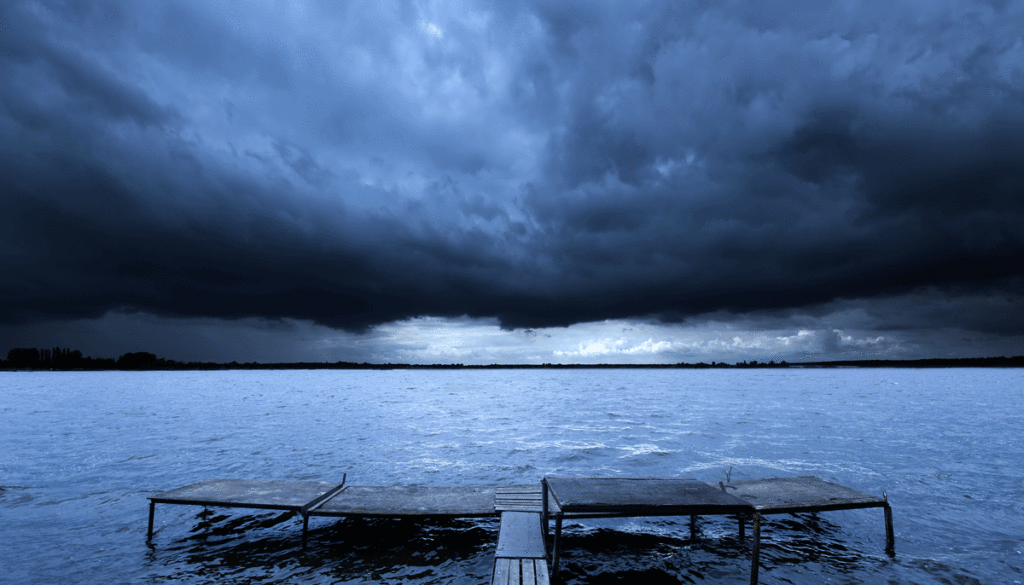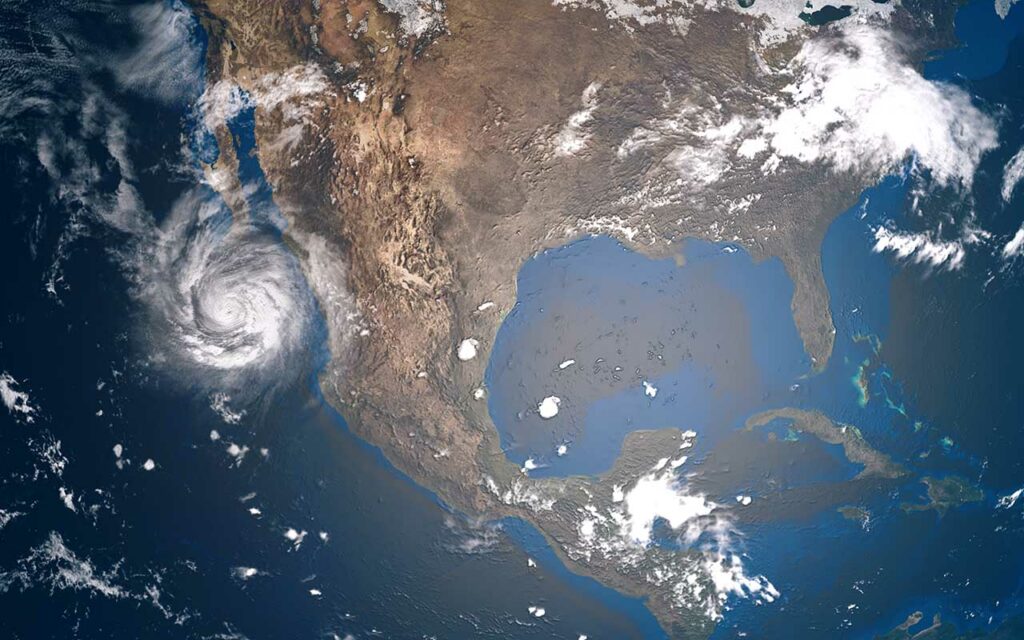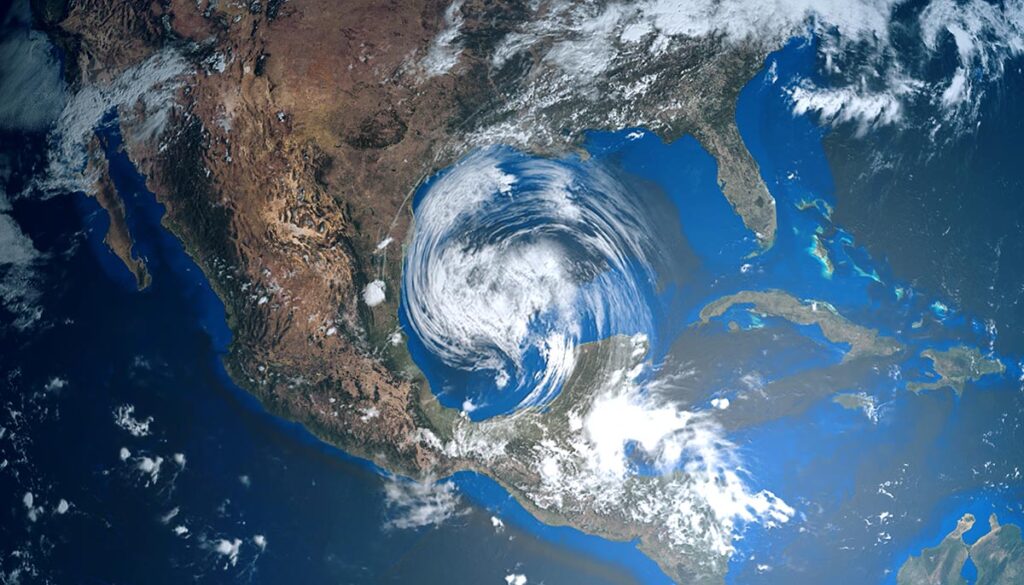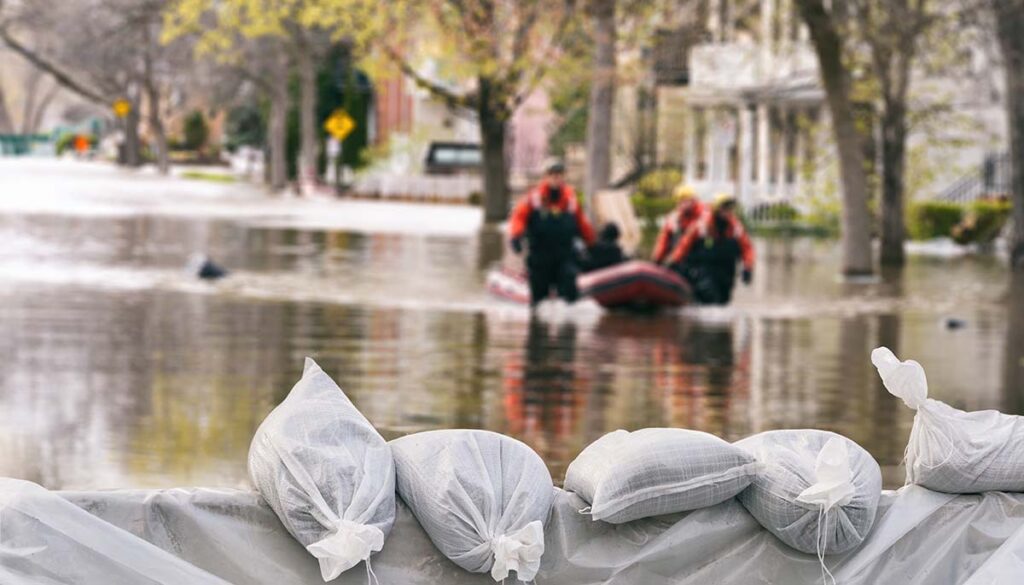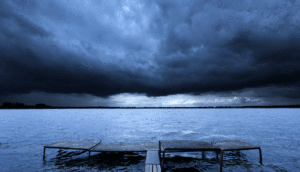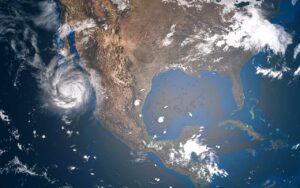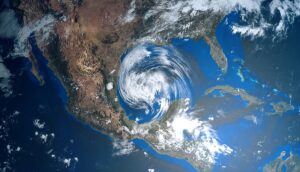Scientists have discovered a space hurricane that pours down a super-fast electron rain. Current models don’t account for that, bringing a hazard to satellites, spacecraft, and astronauts that will require rethinking.
Newly discovered first-ever space hurricane catches science by surprise
Satellite observations have led to the unprecedented discovery of a “space hurricane” in Earth’s upper atmosphere.
Their findings were published in the journal Nature. The phenomenon never seen before sent scientists’ thoughts whirling, leading them to postulate and decide such events could likely occur on other planetary bodies.
The previously unknown discovery shed new light on space weather events. Researchers dubbed the disturbance a “space hurricane” because it both resembled and behaved like rotating storm systems on Earth.
Ultra-fast electron rain discovered
Following the discovery of space hurricanes, scientists at UCLA discovered a new source of super-fast, energetic electrons raining down on Earth at the end of March.
Using a pair of tiny low-Earth orbit satellites from the “Electron Losses in Fields Investigation” (ELFIN), the researchers observed an unexpected and rapid “electron precipitation.” In other words, space rain.
According to UCLA, the scientists determined the electron downpour was caused by Whistler waves, which are: “a type of electromagnetic wave that ripples through plasma in space and affects electrons in the Earth’s magnetosphere, causing them to ‘spill over’ into the atmosphere.”
Their findings were published in the journal Nature Communications.
How space rain affects Earth
According to the researchers, this super-fast “electron precipitation” occurs when waves of electromagnetic energy pulse through Earth’s magnetosphere. The magnetosphere is a magnetic field generated by the churning of Earth’s core. The magnetosphere surrounds the planet and shields it from deadly solar radiation. The shield causes electrons to overflow from the magnetosphere and plummet toward Earth. These can excite molecules in the upper atmosphere and release light, commonly known as the aurora in the Polar Regions, Astronomy.Nature reports.
Current models do not consider potential hazards to equipment and humans in space
The researchers said space and our upper atmosphere are inextricably linked, and it is vital to understand better how they are linked.
Current space radiation models do not currently account for the threat these ultra-fast electron rains may pose to satellites, spacecraft, and astronauts, Live Science reported.
A major understanding is that these electron downpours can occur far more often than previous research had led scientists to believe possible.
This means these electron waves can accelerate electrons in the Van Allen belts, causing them to spill over and rain down on the lower atmosphere, the researchers said. In turn, these particles of highly-charged energy can damage anything in their path, including satellites and spacecraft, and pose hazards to astronauts.
The findings showed scientists that current protocols are outdated and will require updating to better protect the machines and astronauts that venture high above planet Earth.

